Help Desk Landing page
To Purchase just go to http://www.dmvprospects.com and click on the registration link at the top or:
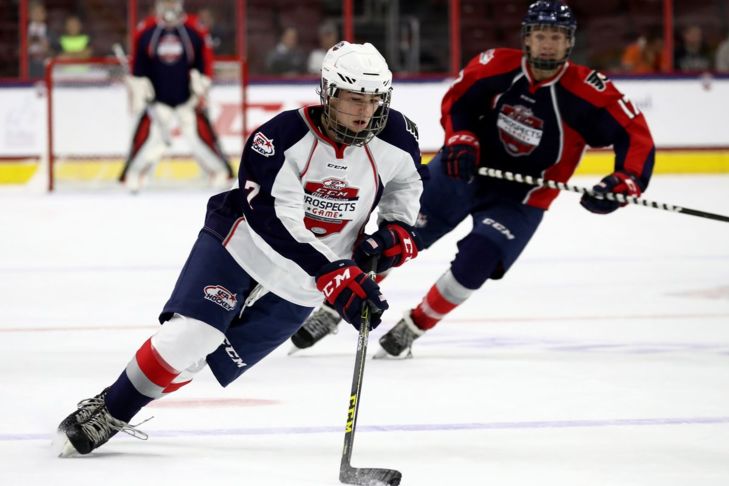 It seems like it was just yesterday that we were wondering when ice rinks might open back up and if we would even have a 2020-21 hockey season.
It seems like it was just yesterday that we were wondering when ice rinks might open back up and if we would even have a 2020-21 hockey season.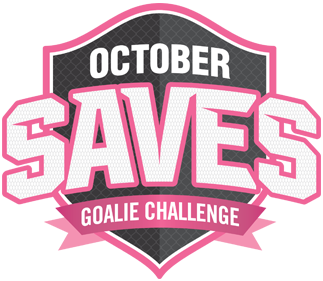 When Lara Hopewell finally had time to take a breath last January and comprehend what her October Saves Goalie Challenge had accomplished in 2019, she knew it was going to take a lot of hard work to top the $500,000 that had been raised to support cancer research. At that point, though, she had no idea the obstacles she would face in 2020.
When Lara Hopewell finally had time to take a breath last January and comprehend what her October Saves Goalie Challenge had accomplished in 2019, she knew it was going to take a lot of hard work to top the $500,000 that had been raised to support cancer research. At that point, though, she had no idea the obstacles she would face in 2020.With planning pushed back to the spring as a result of the COVID-19 outbreak, ice rinks in Virginia, Washington, D.C., and Maryland – the area where the Virginia-based program first gained traction – remained closed well into June. Not only was the future of October Saves in jeopardy, but also there was no guarantee of having a 2020-21 youth hockey season at all.
“In June and July it was really not looking good for hockey,” Hopewell said. “One of the rinks in Maryland was literally still being used as a morgue for COVID victims in June, and at one point I was worried that we might not be able to continue. But we felt like somehow we had to do this and kept believing it would work out.”
Her refusal to give up led to the creation of the “All Saves, One Goal Campaign,” in which literally every save counts.
CLICK HERE TO READ THE FULL ARTICLE
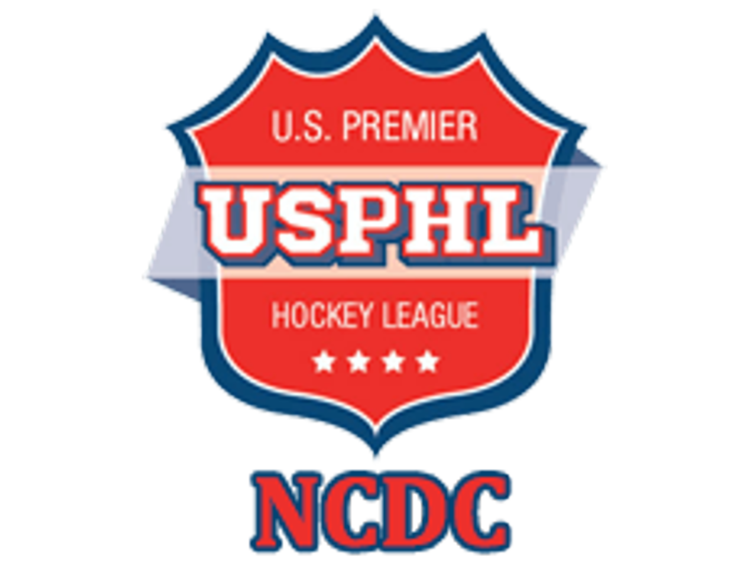 The NCDC is one of two Tier 2 tuition-free junior hockey leagues in the United States. It falls under the umbrella of the United States Premier Hockey League (USPHL) and has 13 teams playing in the Northeast from Maine in the North to Utica on the western edge of the footprint, south into New Jersey.
The NCDC is one of two Tier 2 tuition-free junior hockey leagues in the United States. It falls under the umbrella of the United States Premier Hockey League (USPHL) and has 13 teams playing in the Northeast from Maine in the North to Utica on the western edge of the footprint, south into New Jersey.
DMV PLAYERS IN THE EASTERN HOCKEY LEAGUE 2020-21
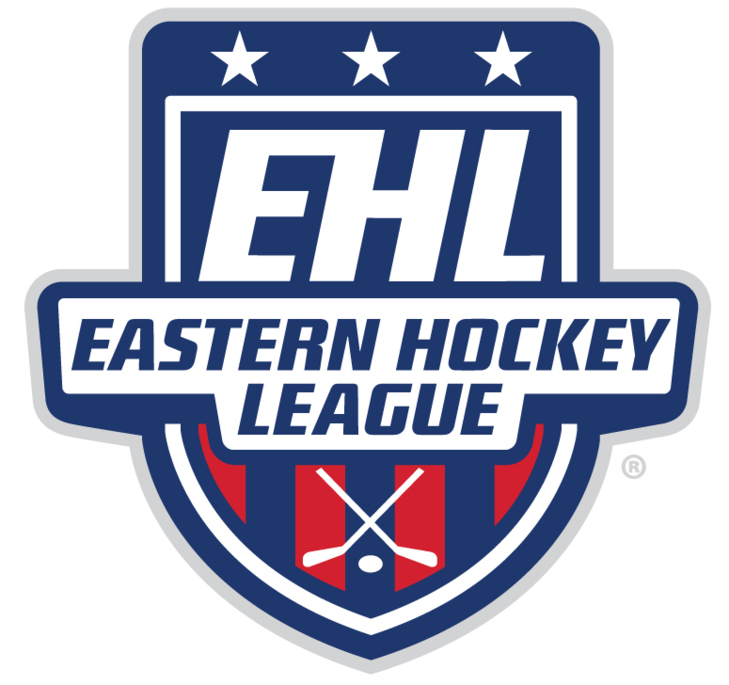
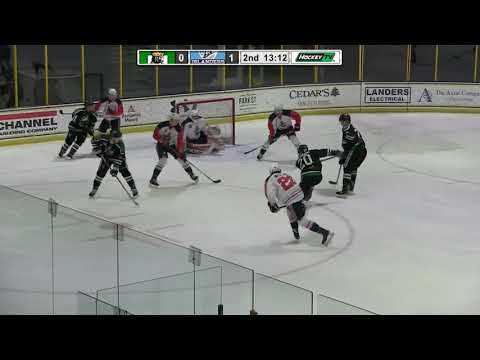 I'm starting to get a lot of questions about creating video for coaches and scouts as wel as questions about how and when to reach out to programs that players might like to play for next year. With that in mind, along with the article above about planning for the future, I wanted to re-run a piece on creating the right kind of video that orginally was posted last spring. It's much better to start reaching out to coaches now instead of waiting until later on in the season or when the season is done. It's also important to send them what they are looking for and to make it as easy as possible for them to navigate.
I'm starting to get a lot of questions about creating video for coaches and scouts as wel as questions about how and when to reach out to programs that players might like to play for next year. With that in mind, along with the article above about planning for the future, I wanted to re-run a piece on creating the right kind of video that orginally was posted last spring. It's much better to start reaching out to coaches now instead of waiting until later on in the season or when the season is done. It's also important to send them what they are looking for and to make it as easy as possible for them to navigate. SEPTEMBER 22 EMAIL NEWSLETTER CONTENT
SEPTEMBER 6 EMAIL NEWSLETTER CONTENT
AUGUST 22 EMAIL NEWSLETTER CONTENT
AUGUST 15 EMAIL NEWSLETTER CONTENT
JULY 31 EMAIL NEWSLETTER CONTENT
JULY 24 EMAIL NEWSLETTER CONTENT
JULY 17 EMAIL NEWSLETTER CONTENT
JULY 10 EMAIL NEWSLETTER CONTENT
JUNE 26 EMAIL NEWSLETTER CONTENT
JUNE 18 EMAIL NEWSLETTER CONTENT
JUNE 12 EMAIL NEWSLETTER CONTENT
MAY 29 EMAIL NEWSLETTER CONTENT
MAY 22 EMAIL NEWSLETTER CONTENT
MAY 15 EMAIL NEWSLETTER CONTENT
MAY 8 EMAIL NEWSLETTER CONTENT
MAY 1 EMAIL NEWSLETTER CONTENT
APRIL 24 EMAIL NEWSLETTER CONTENT
APRIL 8 EMAIL NEWSLETTER CONTENT
APRIL 1 EMAIL NEWSLETTER CONTENT
